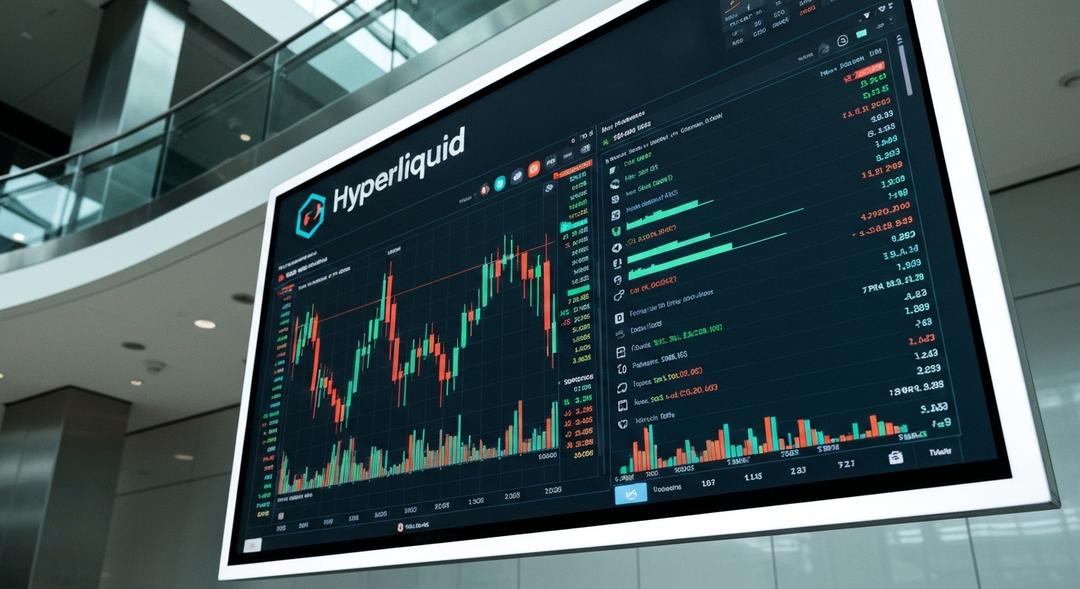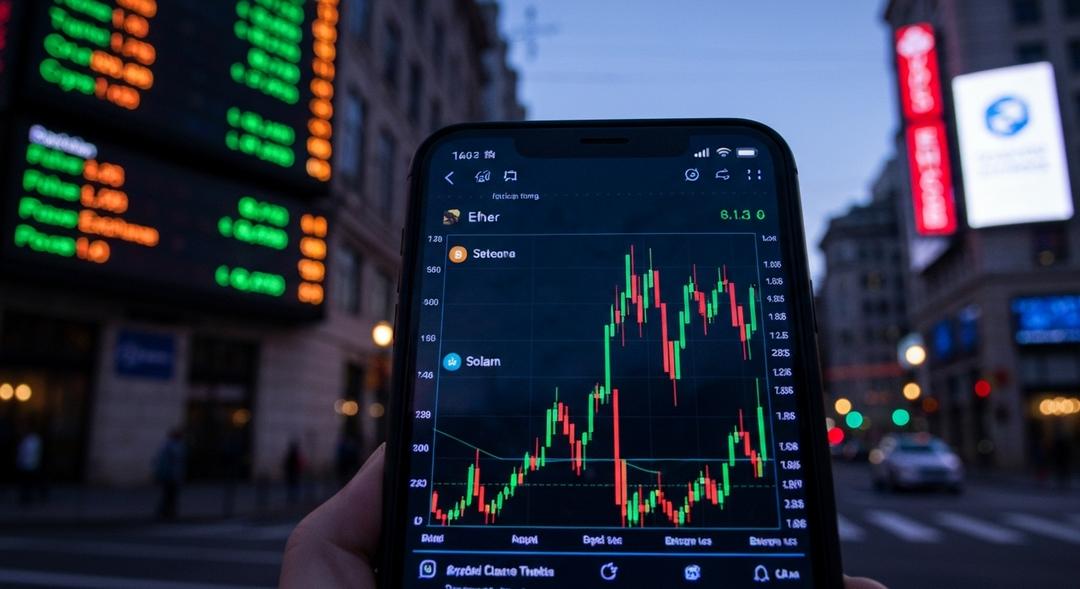Hyperliquid leads the DeFi derivatives market with clear dominance.
The decentralized exchange processes over $30 billion in daily transactions, a figure that now rivals some of the world’s biggest centralized crypto exchanges. Its rapid ascent places Hyperliquid at the center of a transformative period for blockchain-based trading platforms.
Observers attribute Hyperliquid’s dramatic growth to a combination of technology and strategic incentives.
Its fully on chain order book brings trading execution and pricing spreads to a level previously thought exclusive to centralized exchanges.
Builders and developers are also flocking to the platform, motivated by a unique economy that offers them a larger revenue share than the protocol itself.
This approach, formalized by the HIP3 market creation system, is fueling one of the most vibrant innovation scenes in DeFi.
Underpinning these advances is Hyperliquid’s dual architecture, HyperCore and HyperEVM, which enables new strategies and tools for financial engineers.
Developers can now build tokenized perpetual positions and experiment with advanced liquidity management.
This modular system lets traders and teams trial innovative concepts and realize ideas once restricted by more rigid protocols.
The platform’s performance speaks for itself.
More than 80 percent of the entire decentralized perps market is now handled by Hyperliquid.
Its growth has not gone unnoticed even among seasoned on chain trading firms.
The total value locked on the Hyperliquid network stands at approximately $2.2 billion.
During the last month, its decentralized exchange reached $330 billion in cumulative trading volume.
Many in the industry now look to Hyperliquid as a proof point for focus and technical execution.
The team, self funded and independent, opted to skip the traditional route of large venture capital backing.
Instead, they built first, incentivized their community deeply, and now benefit from a loyal ecosystem of developers.
With performance and openness at its core, Hyperliquid is more than just a venue for speculative trading.
Its permissionless nature and revenue sharing create fertile ground for builders to experiment and profit alongside users.
That builder first approach resonates across the DeFi sector, setting a new model for how protocols may grow in the coming years.
As decentralized finance continues to evolve, platforms like Hyperliquid are redefining the boundaries.
The success also reflects broader excitement about sector innovation.
Expanding liquidity options and cutting edge on chain infrastructure drive interest from both retail and institutional users.
The protocol’s new design allows not just faster trades but also supports sophisticated hedging and risk strategies.
In the context of global markets, Hyperliquid’s daily volumes invite comparisons with legacy derivatives exchanges.
Its capacity to process trades efficiently at scale signals a shift for those watching the DeFi sector closely.
Builders who previously started on centralized systems are now taking a leading role in expanding on chain trading.
DeFi users are increasingly willing to Start Cloud Mining as they recognize the decentralized landscape’s potential for new income sources and investment strategies.
The ability to create entirely new financial instruments directly on Hyperliquid also opens doors for innovation in asset management.
Projects large and small are already experimenting with products such as tokenized strategies, delta neutral positions, and automated liquidity vaults.
Hyperliquid’s commitment to openness and inclusivity is at the heart of its community driven momentum.
With its infrastructure, developers globally enjoy access to core systems that used to be proprietary or restricted.
This transparent approach helps new teams iterate faster and attract capital into emerging ideas.
Many analysts believe the future of DeFi will be defined by platforms that encourage such permissionless exploration.
Hyperliquid’s robust architecture is held as an example for upcoming projects seeking to combine security, speed, and economic incentives.
The platform is already attracting attention from larger institutional desks.
For these entities, reliability and deep liquidity are prerequisites for meaningful participation.
With these features in place, Hyperliquid is now seen as a foundation for expanding the reach of decentralized trading even further.
The next stage will likely include even more novel strategies and integration with external financial tools.
Users and developers alike are eager to shape this evolving landscape, with Hyperliquid making a compelling case for the new era.
Conclusion
Hyperliquid’s emergence at the forefront of decentralized derivatives challenges previous assumptions about what is possible on permissionless infrastructure. The platform’s blend of technological power, creative incentives, and unwavering focus on builders has attracted vast liquidity and community support in record time.
By building openly and rewarding innovation, Hyperliquid exemplifies a modern approach to decentralized finance that prioritizes speed, access, and collaborative progress. Its expanding influence signals a bright future for both users and developers determined to shape the next generation of on chain financial markets.

Ewan’s fascination with cryptocurrency started through his curiosity about innovative technologies reshaping the financial world. Over the past four years, he has specialized in cloud mining and crypto asset management, diving deep into mining contracts, profitability analysis, and emerging trends. Ewan is dedicated to helping readers understand the technical and economic aspects of crypto mining, making complex information accessible and actionable.




